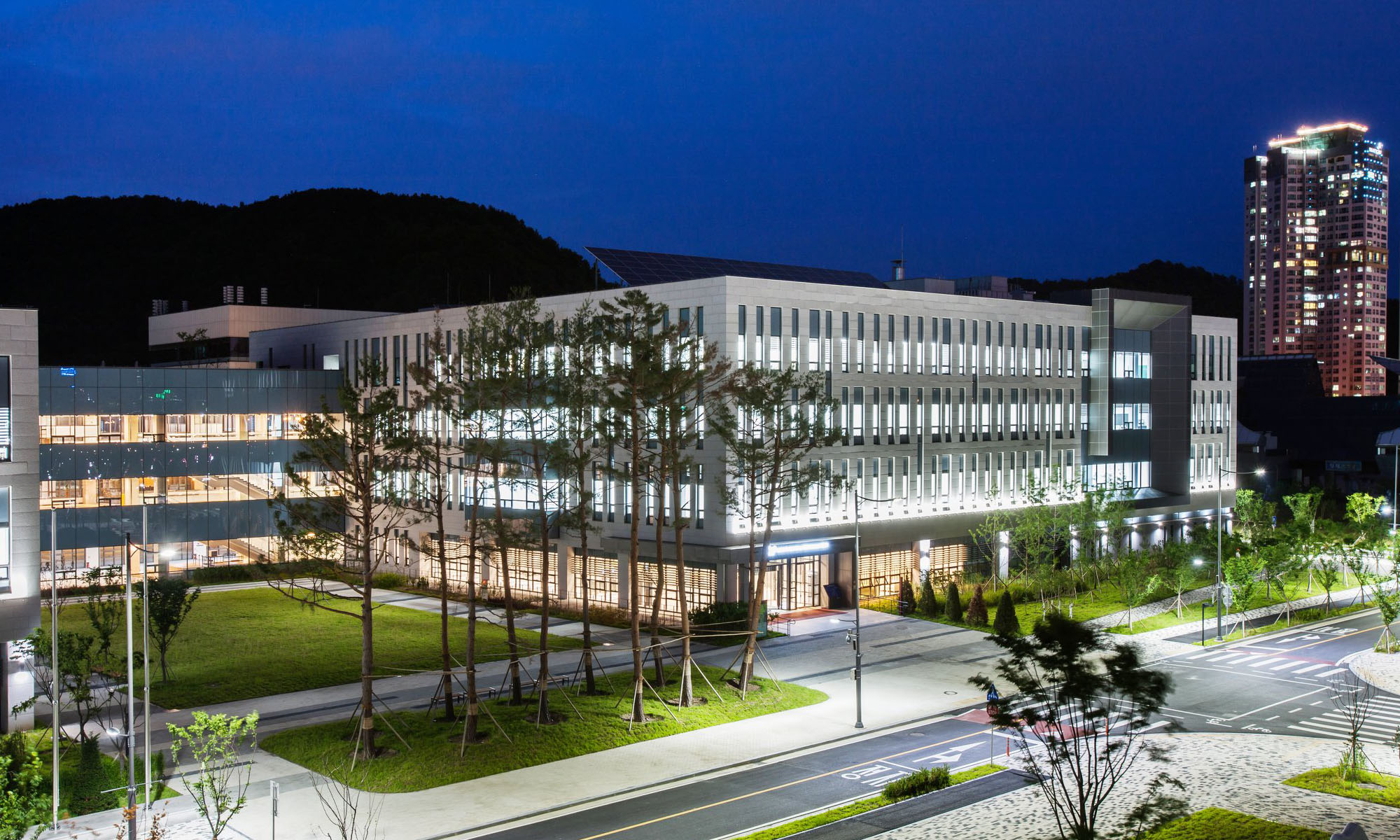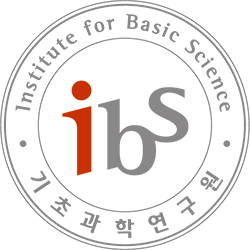Stiff-PINN: Physics-Informed Neural Network for Stiff Chemical Kinetics
B378 Seminar room, IBS 55 Expo-ro Yuseong-gu, Daejeon, Korea, Republic ofWe will discuss about “Stiff-PINN: Physics-Informed Neural Network for Stiff Chemical Kinetics”, Ji et al., The Journal of Physical Chemistry A, 2020 The recently developed physics-informed neural network (PINN) has achieved success in many science and engineering disciplines by encoding physics laws into the loss functions of the neural network such that the network not …

